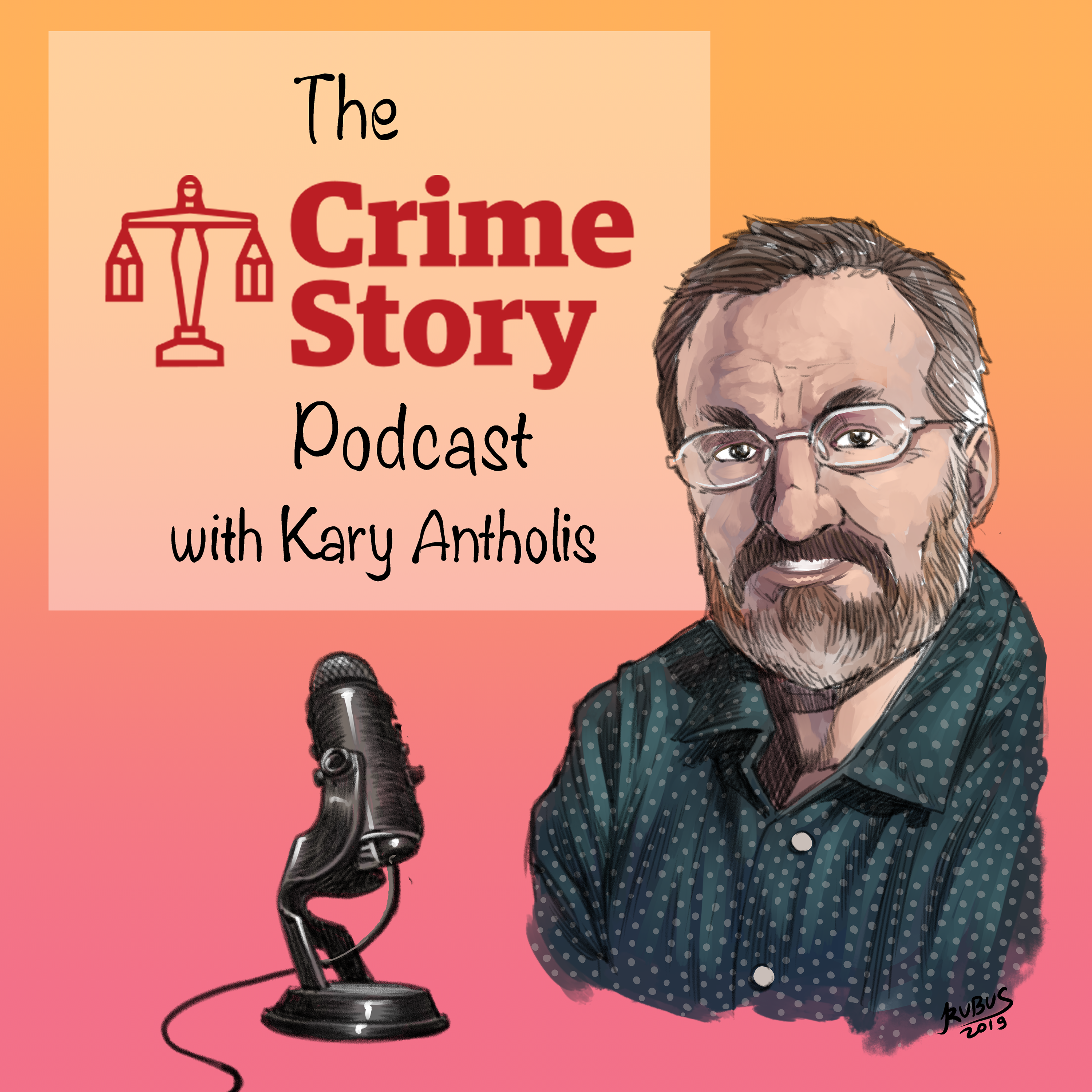It’s silent.
It’s been 46 seconds and Kevin hasn’t said a word.
He sits at the witness stand, hands in his lap. A teenager, slight in frame, Kevin wears a black turtleneck and moss green pants. His dark hair is spiked in front. It’s trendy in a way that reminds us that he’s still just a kid.
And right now he’s staring down the man who sexually abused him.
This is Kevin’s victim impact statement, his opportunity to speak during the sentencing phase of his offender’s trial. Such statements can be given by victims or their friends or family members. The judge tells Kevin to take his time, but now this sacred silence is interrupted. A rogue printer on the clerk’s desk spurs to life. Officers in the hall bellow boisterous laughter. An oblivious attorney barges into the court and clicks her stiletto heels all the way to the bailiff to check on a case.
Kevin looks to the ceiling. Opens and closes his mouth. The magnitude of his suffering is beyond language. His pain can’t be wrangled into nouns, verbs and adjectives.
Finally, Kevin takes a breath. He looks at Edgar Vargas below him at the counsel’s table in his blue, county jumpsuit. This hulk-ish man in his early thirties averts Kevin’s gaze, focusing instead on his own meaty, clenched fists.
There are no perfect words. Kevin speaks.
“I’ve spent seven years of my life with a secret that could have been exposed years ago.” His voice is steady as he lands on simple statements brimming with emotion. “I really never had a happy childhood after what happened…I cannot forgive him now. Maybe later on in the future but not now. I want to heal…It was becoming a constant struggle to even think about living, but I’ve learned these past nine months that I am a strong person.”
Kevin’s speech is so honest. No metaphors or adornments, its authenticity reverberates in the room.
It’s powerful.
And it might also be unconstitutional.
The first US victim impact statement was presented in Fresno, California in 1976 by Doris Tate, who was concerned that members of the Manson family cult might be released on parole after having killed her daughter. Her statement coincided with the rise of the victim’s rights movement, which aimed to give victims a voice in criminal justice proceedings. Six years later, President Ronald Reagan drew inspiration from the movement in developing his Task Force on Victims of Crime which released a recommendation that “judges allow for and give appropriate weight to input at sentencing from victims of violent crime.” The movement continued into the the 90’s with feminists fighting for the rights of rape victims in court. Surprisingly, these liberal women found themselves aligned with law and order conservatives regarding the Victim Impact Statement. Their collaboration led to victory when Congress passed the Victims Rights and Restitution Act, or the “Victim’s Bill of Rights.” The Act gave victims many rights including the right to be present at court proceedings. State legislatures subsequently followed the bill’s lead and passed laws sanctioning victim impact statements in court. Today all 50 states allow victim impact statements at some phase of the sentencing process.
Despite the bipartisan support, critics argue that victim impact statements infringe on the defendant’s Eighth Amendment protections against cruel and unusual punishment and Fourteenth Amendment rights to due process. This opinion has been joined by many academic progressives and restorative justice advocates. The constitutionality of victim impact statements has also been the subject of two controversial Supreme Court cases: Booth v. Maryland, and Payne v. Tennessee.
I will get to the criticisms of the victim impact statements and attempt to explain their logic. But I have to be honest: my personal baggage feels clunky in this instance. I might as well acknowledge the suitcases I carry, the ones missing wheels and those whose handles refuse to retract.
When I was 19, I went to a frat party. A boy I knew said he had a present for me. He took me by the hand to the bathroom, locked the door and raped me. After the mess was done, I stumbled down the stairs. It was pouring rain and there were no taxis on the street so I walked barefoot on the slick asphalt to the off-ramp of the interstate. I hailed a cab to take me to my childhood home and prayed my father would be awake to pay the fare.
That wasn’t the only time I’ve been sexually abused. It’s just the most concise. The statute of limitations for me to report my abuser has long since expired. If they hadn’t and the case was brought to trial, I wonder if I’d want a say in the proceedings.
I think I might.
There are three main arguments against introducing victim impact statements prior to sentencing. The first isinconsistency.
Justice Thurgood Marshall noted in his dissenting opinion of Payne v. Tennessee “[T]he probative value of [victim impact] evidence is always outweighed by its prejudicial effect because of its inherent capacity to draw the jury’s attention away from the character of the defendant … to such illicit considerations as the eloquence with which family members express their grief and the status of the victim in the community.”
Simply stated, victim impact statements allow the court to, consciously or subconsciously, consider the victim’s morality and intellect as a variable factor in sentencing. If they were a “good” victim, then sentencing may be more severe. If they were a “bad” victim, then sentencing may be more lenient. Being a “bad” victim could mean any number of prejudicial considerations, from social status to wealth to race. Is the life of a prostitute worth less than that of a Harvard law professor? Is the life of a billionaire worth more than someone receiving food stamps? Is the life of a black man worth less than a white woman? The answer should be no.
And according to the Fourteenth Amendment, the answer is no. It declares that no state shall deprive any person of life, liberty, or property, without due process of law; nor deny to any person within its jurisdiction the equal protection of the laws.
I think I’m a good victim. I have a master’s degree and some published work. I don’t volunteer but I do donate to charity — just $25 here and there. If I’m in a particular mood, I sometimes buy Subway sandwiches for homeless people.
Would my rapist be a sympathetic criminal?
Three years ago he sent a request to add me on Linkedin. I declined. After all, what could I have endorsed him for? I’ve seen him use Microsoft Excel. I’ve also seen him throw my body against a porcelain sink.
The second challenge to the introduction of a victim impact statement prior to sentencing is bias. In Booth v. Maryland, Justice Lewis F. Powell delivered the majority opinion in which he stated “The admission of the family members’ emotionally charged opinions and characterizations of the crimes could serve no other purpose than to inflame the jury and divert it from deciding the case on the relevant evidence concerning the crime and the defendant. Such admission is therefore inconsistent with the reasoned decision making required in capital cases.”
A victim impact statement is free of the rigid guidelines of court-admissible evidence. While testimony during a trial can be emotional, it’s measured by the metronome of court proceedings. The victim impact statement can be violently impassioned, inciting intense sympathy for the victim and severe hatred for the defendant. This can lead judges or juries (which in some states sentence death penalty cases) to make rash decisions based on how they feel about the statements rather than the actual evidence presenting during trial. Studies show that individuals who watch victim impact statements are inclined to sentence defendants more severely than those who observe cases without victim impact statements. Such bias can be regarded as a violation of the part of the Eighth Amendment, which guards against cruel and unusual punishment.
I would punch him if the thought of touching his skin did not make me want to vomit.I would vomit if the action did not remind me of the years I was bulimic after his abuse.
Finally, there is the issue ofirrefutability. The opinion delivered by Justice Powell in Booth v. Maryland also stated “It would be difficult, if not impossible, to provide a fair opportunity to rebut [the victim impact statement] without shifting the focus of the sentencing hearing away from the defendant.” The victim’s account of the pain suffered is unique to that individual and therefore impossible for the defense to refute. A lawyer cannot disprove that a mother mourns her daughter’s loss with every waking moment. No defense can question whether a man feels emotionally shut down after experiencing sexual abuse. In fact, any rebuttal of a victim’s impact statement is likely to be seen as callous or unsympathetic – and rightly so. But consider a case in which the impact statement misstates facts of the case or exaggerates hardships.
Why would I exaggerate the thing I spent years trying to forget? The incident that I shoved into a box labeled “weird night.” The event that I denied having ever hurt me. Even when I couldn’t make love because my muscles remembered his hate.
Restorative justice advocates, who fight for rehabilitation of offenders through reconciliation with victims and their community, suggest that due to the questions of constitutional integrity, victim impact statements should be eliminated from criminal proceedings. These activists argue that the courtroom is not suited to assist with a victim’s healing and that external mediation between the victim and offender is a preferable solution. In these situations, trained mediators prepare the participants and offer victims professional, emotional support in confronting their offender. Such arrangements are completely voluntary for the victim.
And I’m sure that the healing power of mediation works for some people, but I couldn’t stand to have a dialogue with my abuser. I want no apology, no explanation or restitution. He can’t make me whole because I’ve already done the tricky patchwork.
Kevin steps down from the witness stand. His stiff leather shoes step one in front of another as he walks out of the courtroom. He may have made a victim impact statement, but I don’t think Kevin is a victim. Victimhood is passive and it took work for him to endure his pain. He’s a survivor.
The door shuts behind him and I notice that the woman in front of me is weeping. She wears a smart blue blazer with a thin yellow scarf. Her hair is a mop of grey curls and her face is obscured by dark glasses. As the bailiff escorts Kevin’s abuser back into the holding area, the woman gives a wave.
This is the mother of a man convicted of sexually abusing a child.
She grips a stained tissue in her shaking hand, draws it to her lips, and murmurs a prayer under her breath. This crime is an emotional minefield. No one leaves without scars.
The criminal proceedings are a theater of judicial policy and the victim has a right to take part in the play. But maybe that right should take place at the end, after sentencing has taken place but before the defendant is remanded to custody.
Facing my rapist in a courtroom, I’d only have one thing to say:
You don’t deserve my words.



